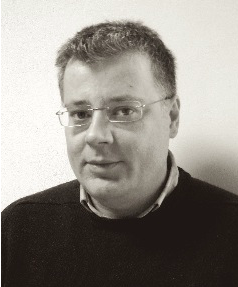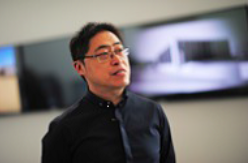
Title: Positive architecture: poetics and the transformation of urban centers (PAPTUC)
Directors: Eric DAYRE, Shaonong WEI, Claude TAUTEL, Jean-Luc BAYARD
Discipline: Architecture
Status: Completed Project
Starting date: 2016
Directors
Summary
The Centre d’études et de recherches comparées sur la création (CERCC) at Ecole normale supérieure de Lyon, the Ecole nationale supérieure d’architecture de Saint Etienne and the School of design at ECNU are joining forces in this collaborative research project to promote further interdisciplinary research in combining the study of poetry and science fiction with urban designing.
In what sense can architecture produce the integration of a reality that is only revealed in the marginal experimenting of art forms? That which art can do for architecture, may be architecture can achieve for the people in return. When art remains confined and reserved for a small sophisticated public, it loses itself in complication, enigma and calculation. Time perhaps has come to understand that art forms are real forms in the sense that they redefine reality and experience— be it natural or inherited. Art makes reality more complex and abstract than what is generally thought, precisely as it reintroduces the suspension of man's open feeling for its own reality. Art's reality is more abstract than what is generally meant by reality, because the problematics of obscurity, intimacy, mystery, the question of sentiment, solitude, silence and the incommunicable are made active again. Art does not so much offer solutions but rather keeps questioning active within ideological solidifications and efficacy that falsely define and enclose reality. The deconstructive and allegorical proposals of art are human proposals to achieve some kind of different reality. Suffice to remark here that the most abstract of physicists have changed our daily lives in modern times. In the same way, it is time to make it possible for our less public or «easy» artists to exchange, and discuss the definition and social function of architecture as a social art, in order to reach a new definition of «art for the people», which implies that what we mean by «people» does not limit itself to its basic and pragmatic meaning.
In what sense can literature help us reach a better understanding of a «post pragmatic», «post-consumerist » architecture? What is an «abstract-sentimental », or « modern » architecture? In this redefinition, an idea of poetical performance is involved. How then can we specify the poetical and general stakes of architectural designs that would be open to some degree of poetical performance of life, and which therefore, would also offer new possibilities for explicit design as discourse endowed with practical readability and usage? The materializing of architectural discourse should make it possible for men to understand the new possibilities created, making new possibles reachable, enriching the dialogue between people and the forms they live in or use, and enhancing the awareness of the forms taken and generated by their own lives. The vital aspects of a new readable, open and sentimental architecture involve some sort of fiction, or science fiction — a fact which we would like to understand as the meeting point between two areas formely separated in reality but nevertheless linked within the literary genre called «science fiction». Science fiction exists because it tackles two categorical imperatives of our time: 1/ the linking of poetry and science, 2/ the linking of architecture to science-fiction and, therefore, to poetry — the idea that it may be possible to make architecture, architectural designs, structures and infrastructures connect science with poetry. Our question is : How can architecture define its forms as the designs of « science-poetry»? »







